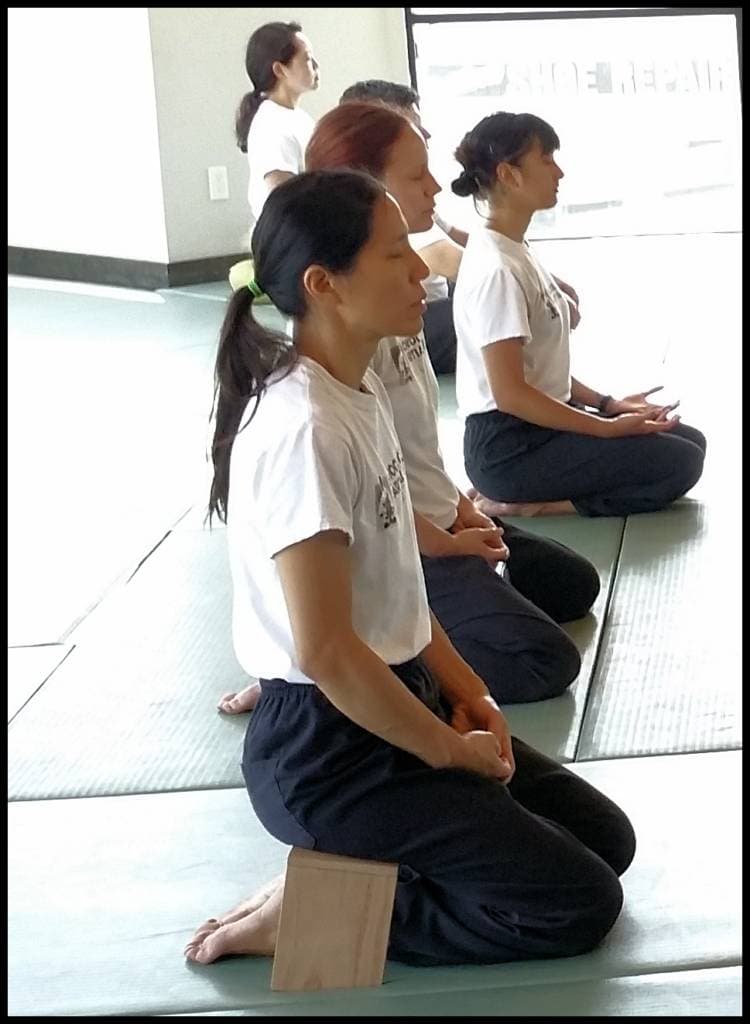Train of Thought

Much of our life is experienced as a series of thoughts. Something happens, we have a thought about it, that thought leads to more thoughts and emotions. We act or react, this creates another event for us to think about, thus starting the whole process over again. Some of these thought trains are very quick, while some last for minutes or hours. Some we even replay over and over again, obsessing over the same things. What a waste of time!
Sifu Brown has always said martial arts is about learning to “become a master of your actions rather than a prisoner of your reactions”. This is easier said than done. Our reactions are either automatic or come seemingly automatically from the train of thoughts we are stuck on. Yet we must try to choose both our thoughts and our actions.
The Second Thought
If we think of this train of thought as a path that we are on with multiple forks in the road, this concept will make a bit more sense. We start out on a path and immediately come to a fork. This is our second thought, the first opportunity to decide where to go within our mind.
Our experience is often that we don’t really have a choice because we are moving so quickly; we arrive at the fork going a hundred miles per hour and take the path that is easiest (which is often the one we have taken the most in the past). Human beings thrive on repetition and patterns, and what we do one time becomes easier and easier the more we do it. This is true with thought patterns as well. As the saying goes, neurons that fire together, wire together. What we think over and over becomes automatic, habitual.
This is where our practice comes in. While we would love to choose our first thought, this is often an automatic reaction so ingrained in us that it is unstoppable. Our evolution has left this sort of lightning-fast reflex in our amygdala or lizard brain to keep us out of physical harm. Imagine putting your hand on a hot stove. By itself, your hand moves. You couldn’t keep it there if you tried.
While in our martial arts and meditation practice we sometimes do deal with the first thought, we don’t realistically have the time to reprogram every reaction to everything that we experience. We may have trained ourselves to see a punch coming and side step instead of closing our eyes, but that took a lot of effort and likely several months or years. What we can do more practically is reprogram our minds to look at that first thought and decide what to do from there. This general ability can affect the outcome of almost any circumstance.
When we meditate, we recognize thoughts and let them go. Instead of resisting them, we guide them gently from our minds as we return to the breath. When we go about our day, we can then recognize thoughts immediately and choose what to do with them. Sometimes we know the thought and its ensuing train will be totally pointless, so we let it go. Sometimes we decide that this is something worth thinking about, but we don’t want to get trapped in the same cycle that we normally go through. So, we interrupt it with the second thought.
The second thought can be anything that interrupts our normal thought pattern. It usually sounds something like wait, is that really true? This allows us to choose what to think next.
For example, someone looks at us funny at work. We have the following thoughts:
That person doesn’t like me
They’ve never liked me
I hate that my office is right next to theirs
I hate this job
This may seem like a ridiculous thought pattern, but I assure you if you take a close look at what goes through your head on a day to day basis, it’s not that far off.
Here’s the same event with a different second thought:
That person doesn’t like me
Wait, is that really true?
Actually, they look like they just smelled something funky
They’re standing right next to the trash can
I should ask someone to take out the trash
This is a simple example of choosing a series of thoughts leading to something productive rather than obsessing over the same things day after day. Spending our time thinking about what we want to think about is possible. Use the second thought to interrupt your thought patterns whenever possible and choose the path you go down.


